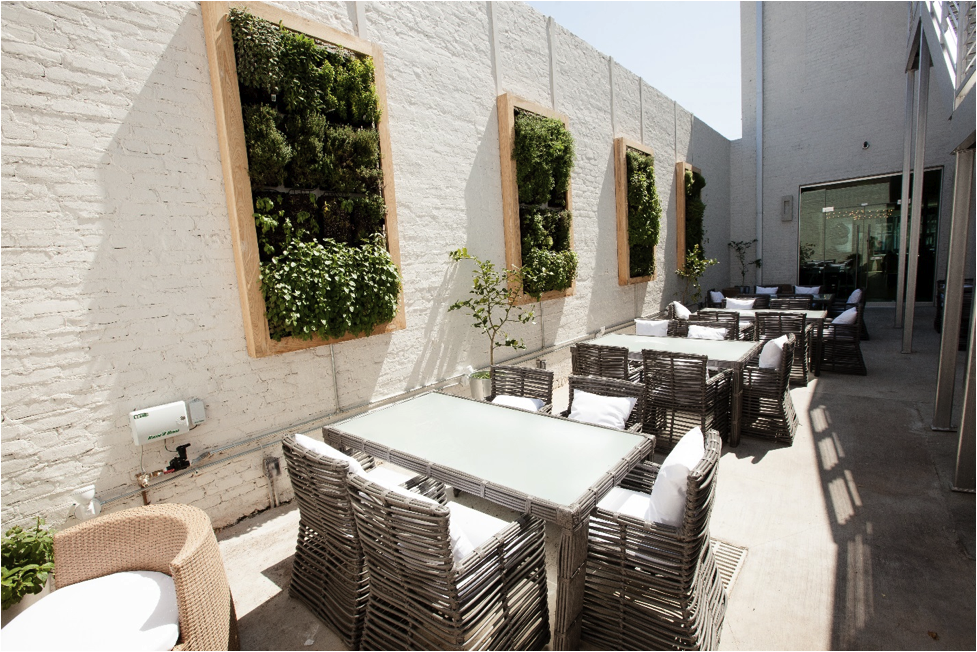
With the growing rise in popularity of locally sourced, environmentally-friendly and organic foods, it’s no surprise restaurants specializing in house-grown hydroponic foods have been cropping up all over. Generally specializing in gourmet or other specialty foods to begin with, these restaurants capitalize on the fresh and hip reputation that having their own greenhouse can garner.
Most restaurants with such facilities started off with the question of “how fresh can I get this?” when looking at the quality of their produce. This is an important question, considering that even the best quality produce is usually at least 3 days old by the time it reaches a restaurant. Further, hydroponics can allow for increased variety by bringing microgreens to the table. Because of their delicacy, most restaurants cannot afford to ship in the greens, which can cost $100 or more for just a pound and have a shelf life of just a few days- but with hydroponics, the shelf life is greatly extended and the cost cut to just a fraction.
Many locations use relatively small converted spaces to produce enough of the more essential items to feed all their customers. For example, 3267 Halstad St in Chicago converted a 5 foot by 9 foot office space into a full growing room that produces almost all their greens and allows the chefs to always use only the freshest ingredients and harvest them as needed, reducing waste.
The initial cost can be somewhat prohibitive, since the upfront building of a hydroponic space can seem costly. Basic grow towers cost around $500 and can get as expensive as $2000 or more each and other supplies, like lighting or nutrients can cost several hundred dollars, but in the long term the savings add up fast. Even when only basic costs for conventional produce are accounted for, the cost of hydroponic produce is as low as half of what would normally be paid. This actually includes continuing costs of plant replacement, utilities, and labor, making a large enough profit margin to accommodate payments on the original equipment.
Further, restaurants specializing in hydroponics are known to offer a higher quality product and can expect customer satisfaction to increase. Though organic and local products are typically considered a ‘niche’ market, customers in hydroponic restaurants respond to the difference in taste and level of quality uniquely offered.
Hydroponic produce is new to the restaurant game, but given the quality and cost it can offer, it won’t be going away any time soon.






















Recent Reviews